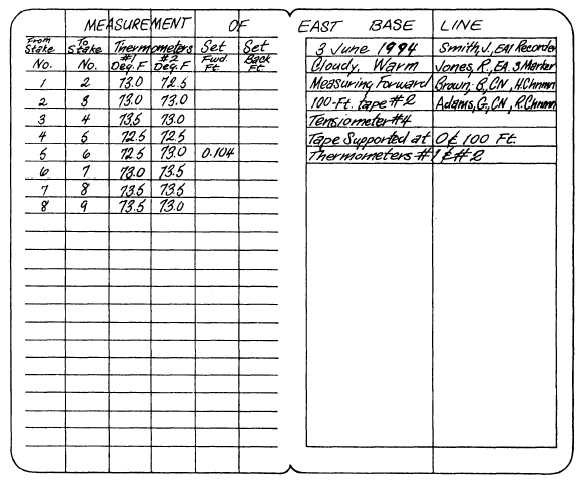Figure 15-26.—Field notes for base line measurement.
Base Line Measurement
tensiometer (spring balance). When the proper tension
The accuracy of all directions and distances in a
system depends directly upon the accuracy with
which the length of the base line is measured.
Therefore, base line measurement is vitally important.
A transit must be used to give precise alignment while
measuring a base line. For third-order triangulation
measurement with a steel tape, you are required to
incorporate all the tape corrections described in the
EA3 TRAMAN. For measurement over rough terrain,
end supports for the tape must be provided by posts
driven in the ground or by portable tripods. These
supports are usually called chaining bucks. The slope
between bucks is determined by measuring the
difference in elevation between the tops of the bucks
with a level and rod.
On the top of each buck, a sheet of copper or zinc
is tacked down, which provides a surface on which tape
lengths can be marked Bucks are setup along the base
line at intervals of one-tape length. The tape, with
thermometers fastened at each end, is stretched between
the supports and brought to standard tension by a
is indicated, the position of the forward end is marked
on the metal strip with a marking awl or some other
needle-pointed marker. At the same time, the
thermometer readings are taken.
If stakes, driven at tape-length intervals, are used as
tape supporters, the end of the tape may begin to lie
slightly off the metal marking strip on the buck after a
few tape intervals have been laid off. To take care of this
situation, the head chairman carries a finely divided (to
0.001 ft) pocket scale. With this scale he measures the
distance that the tape must be set back or set forward
to bring the end again on the marking strip. The set back
or set forward is entered in the field notes and deducted
from or added to the tape length for that particular
interval.
Figure 15-26 shows field notes for a base line
measurement. In this case the tape was supported on
stakes, driven at full-tape, 100-foot intervals. With the
exception of the interval between stakes 5 and 6, the
amounts to the standard tape length (with the tape
supported at both ends, and with standard tension
15-33



